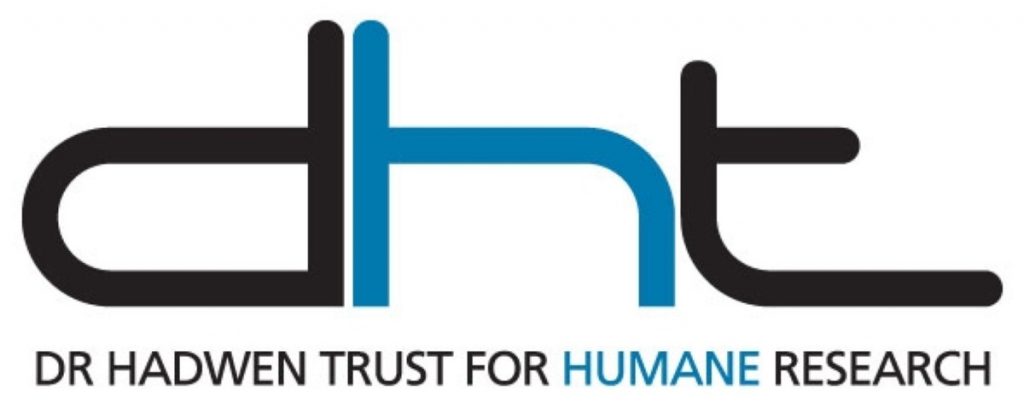DHT disappointed in 3 year rise in animal use by DSTL
by Kailah Eglington, Chief Executive of the Dr Hadwen Trust
It is a sad fact that nearly 3.8 million animals, including cats and dogs, were used in medical research experiments last year alone. In spite of many alternatives that do not use animals being available, recent Home Office statistics show a shocking 2% increase in the last 12 months in the number of animals, many of them companion animals, used in scientific procedures. The use of domesticated animals such as dogs, cats, birds and fish has risen by up to 26% in the last year alone. These numbers are the highest that have been recorded since the current monitoring and recording system was put into place in 1986.
Commenting on the rise to nearly 10,000 in 2011 in the number of animals used by the Defence Science and Technology Laboratory (DSTL), Kailah Eglington, Chief Executive of the Dr Hadwen Trust (DHT), said: “Whilst we recognise the need to ensure the safety of the Armed Forces and civilians in conflict, it is very disappointing to see the DSTL report a rise in the number of animals it is using in scientific procedures year on year since 2009.”
Scientists acknowledge that results from animal experiments are highly questionable in their value to humans and the way an animal’s body deals with infection, disease or drugs is very different to the way our bodies deal with them.
Yet animal use by the DSTL is still increasing in spite of major scientific advances and changes in attitude that have seen the use of alternatives to animal experiments become an accepted part of everyday science.
In January 2013 legislation passed by EU governments is due to be integrated into law in the UK and across Europe. This clearly states that where alternative methods exist, they must be used in place of animal experiments and many new technologies are already replacing animal experiments with successful results.
Kailah Eglington added: “The updating of the Animals (Scientific Procedures) Act 1986 is an important step forward in helping to replace the use of animals in medical research and in enshrining the 3R’s principles of reduction, refinement and replacement of animal experimentation in law but it is clear that much work remains to be done.
“Despite the Government’s pledge to reduce the numbers of animals used it is disappointing to see the number of animals used by the DSTL going up every year. We would like to understand why these animal experiments are deemed necessary.”
The DHT also believes that the DSTL figures raise a number of questions including:
– How much ‘collaborative’ animal work is being done outside the UK where animal welfare rules are less strict?
– What resources and effort are the DSTL putting into developing alternatives to the types of experiments being conducted?
– What percentage of work that is relevant to the 3Rs and in particular the replacement of animal experiments with non-animal alternatives is being done?
The DHT would like to highlight the significant number of projects it has funded over the past 42 years that relate to toxicology, microbiology and other areas of interest to the DSTL. We extend an open invitation to the DSTL to work with the DHT to identify research that can replace the use of animals in its research and to explore the many alternatives in toxicology research and other important areas of research to the DSTL.
The DHT is committed to acting as a bridge between animal welfare and medical excellence through integrating non-animal methods into traditionally resistant science and education communities and in establishing the status quo of non-animal research as a valid branch of science, for not only ethical but scientific and economic reasons as well.
Last year, the DHT gave financial assistance of more than £750,000 to 5 new research projects including toxicology testing of nanoparticles, cancer research and neurological disorders. In total the DHT is currently funding 18 projects that all aim to replace the use of animals in medical research.
By pro-actively funding the development of alternatives, the DHT is having a significant effect on eradicating the use of animals in medical research and has made a significant contribution to changing the face of medical research.
ENDS





-01.png)